WandaVision has finally premiered on Disney+, which means we’ve finally got our first real showcase of the way the cast and crew incorporated various sitcoms into the story. Each of the first two episodes was not only rooted in a different decade, but a specific show from that decade…well, sort of.
The 1950s

Episode 1 begins the series in the era which marked the dawn of television sitcoms: the 1950s. I was expecting a lot more imagery and references to the most iconic of 1950’s sitcoms, I Love Lucy, and that it would be the main inspiration behind the episode, but that show has been parodied and referenced so much that it seems almost like a cliche at this point and to do too much of that would have probably felt cartoonish.
So I was totally game to see different way of taking on the era. But it was odd that the main overall inspiration for the 1950’s set episode is clearly The Dick Van Dyke Show…which first aired in 1961.
Thankfully, the clothing, manner of speech, and music (“Yakety Yak” came out in 1959) are all grounded in the intended decade. The main things inspired from The Dick Van Dyke Show are the house set and the episode’s plot. While the storyline isn’t directly lifted from the series, the very first episode of Dick Van Dyke sees the show’s central couple attend a dinner party in order to impress the main character’s boss and being coerced into entertaining the guests at the event.
The other element of the episode that is reminiscent Dick Van Dyke’s is the theme song, from the similar music and tune to the imagery, specifically the moment with Vision trying to carry Wanda into the house bridal-style but dropping her as he walks through the door without opening it. (On Dick Van Dyke the bridal carrying is ruined by tripping upon entering the house).
The 1960s

The creators of WandaVision probably elected to pass off The Dick Van Dyke Show as a 1950’s series so they could reserve the 1960’s episode for the show most obviously suited to a show about Scarlet Witch, Bewitched.
The references to Bewitched in this episode are similar to that of The Dick Van Dyke Show in the previous one. The set is very similar to the one seen on the classic sitcom, and the theme song for this era of WandaVision is mostly instrumental and the video for it is entirely animated. While Bewitched is the show most famous for this theme song format, several others of this era used it as well, including I Dream of Jeannie and Angel.
Like the first, this episode’s plot also takes inspiration from the show it’s emulating; the Bewitched episode “It’s Magic” sees Samantha, the “witch” referenced in the show’s title, subbing in for a magician’s assistant at a charity show and secretly using magic in order to help him perform successfully despite his drunkenness.
Another aspect of this episode’s storyline that also references Bewitched (and many other shows that were produced during the 1960s) is the change from black-and-white to color; Bewitched similarly began its run in black-and-white, but switched to color a few seasons into its run in 1966.
Not a Crutch, But a Tool
What I’m finding interesting about the sitcom elements of WandaVision is that some of the more minor references aren’t necessarily from shows that were on the air during the episode’s set time period. At one point in the first episode, Agnes brings a pineapple over for Wanda to use in the dinner party’s dessert, which some have speculated to be a reference to “The Pineapple Incident” on How I Met Your Mother (2005-2014). Later in the episode, a lobster appears as a door-knocker (which was not on the door when it was opened earlier in the show) which could be a reference to the famous lobster/soulmate comparison on Friends (1994-2004).
So far it appears that WandaVision isn’t necessarily trying to make a lot of specific references to a bunch of famous sitcoms (other than the one inspiring the episode’s overall aesthetic and tone) but incorporating various tropes and using the style of the genre to tell its own story, which is ultimately the wisest decision for a show that will ultimately help propel the MCU forward.







